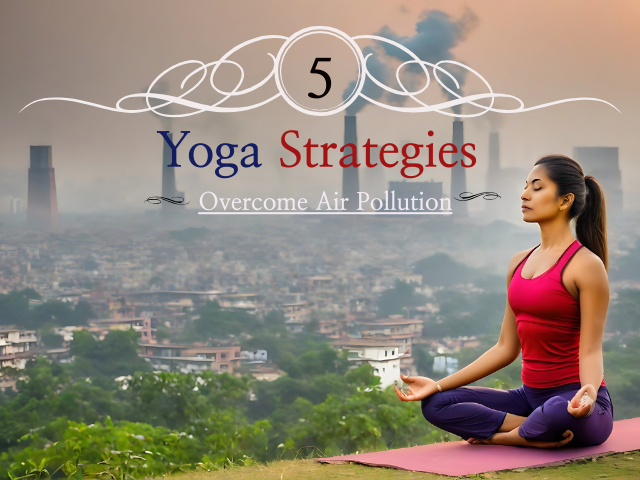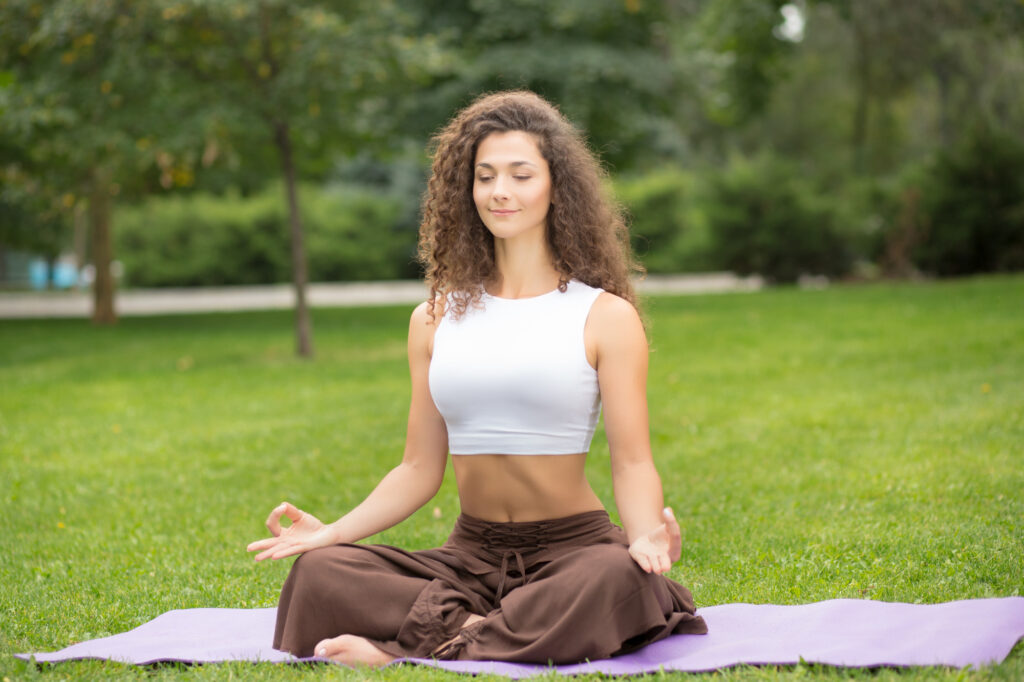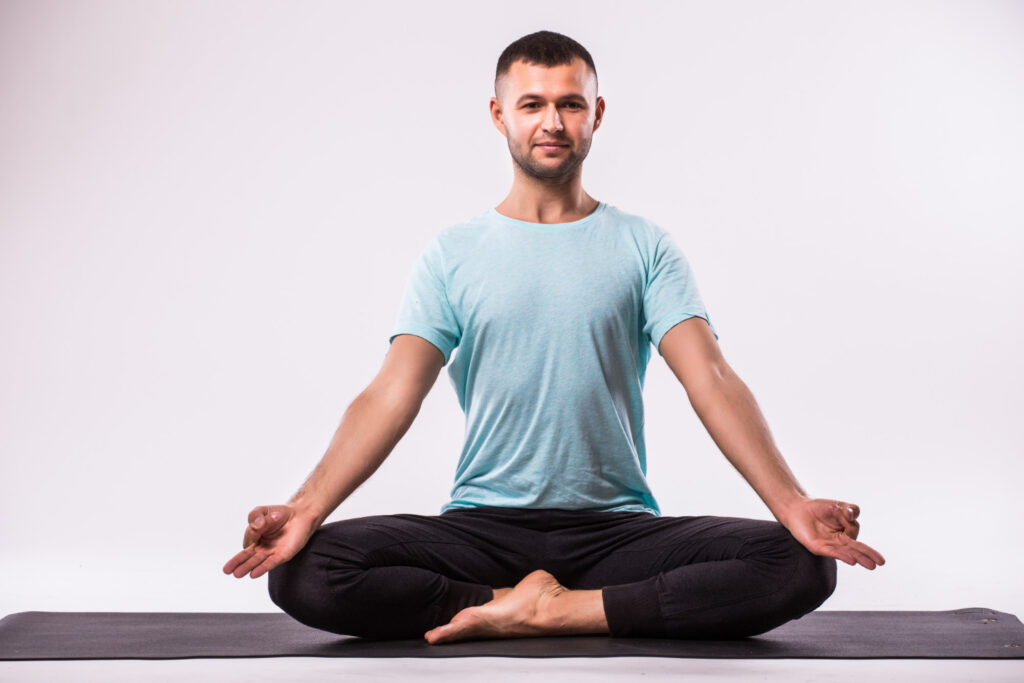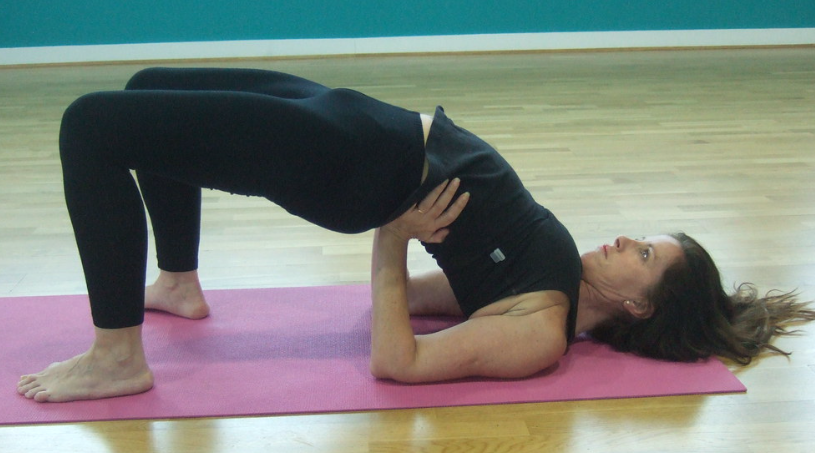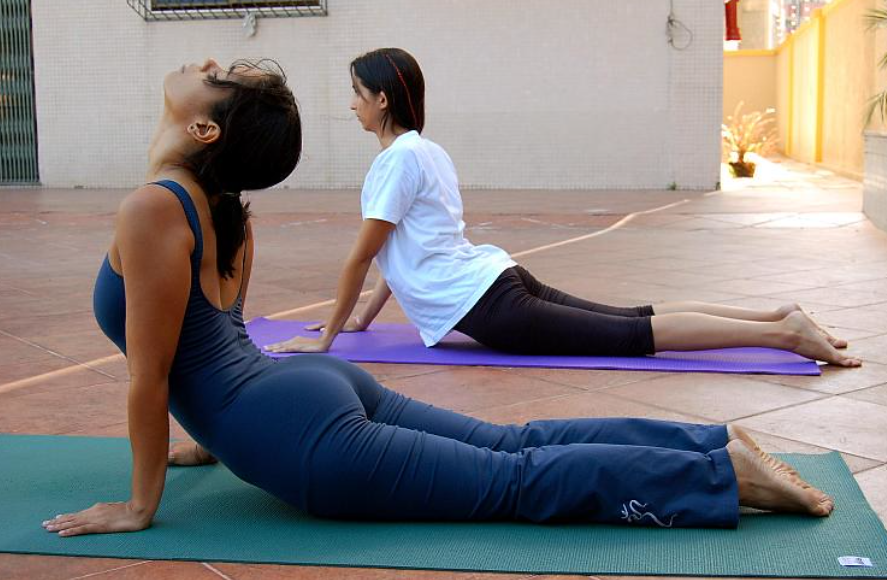Effects Of Air Pollution: A global concern, has long been associated with respiratory issues. However, recent groundbreaking research conducted by the NIHR Leicester Biomedical Research Centre has unveiled a new dimension to this problem. The study explores the relationship between air pollution and sedentary behavior, shedding light on how our environment may be silently contributing to chronic diseases.
I. Introduction To Effects Of Air Pollution
In a pioneering effort, the NIHR Leicester Biomedical Research Centre has delved into uncharted territory by examining the impact of background pollution on individuals’ physical activity and sedentary behavior.
The implications of this research go beyond respiratory health. It raises concerns about the broader consequences on fitness levels and the potential contribution to chronic diseases.
As sedentary behavior is a known risk factor for various health issues, understanding its association with air pollution becomes crucial in developing effective interventions for public health.
II. Background of the Study
The study addresses the gap in existing research, emphasizing the need to explore the relationship between air pollution and sedentary behavior.
While little research has been conducted in this area, a study in Beijing hinted at a connection between air pollution levels and sedentary behavior, providing a backdrop for the Leicester study.
III. Methodology
The study focused on 644 individuals at risk of type 2 diabetes, participants in an intervention encouraging walking to boost physical activity. Participants wore accelerometers, allowing researchers, including Professor Melanie Davies CBE, to track their physical activity and sedentary time over three years. By collecting data over an extended period, the study aimed to identify long-term trends in physical activity and sedentary behavior.
The research team correlated the participants’ data with air pollution levels, focusing on particulate matter and nitrogen dioxide.
IV. Air Pollution and Its Types
A. Particulate matter (PM10 and PM2.5)
Particulate matter poses a significant risk to respiratory health, with particles of varying sizes capable of entering the lungs.
B. Ozone (O3)
Ozone, while beneficial in the upper atmosphere, can be harmful at ground level, affecting respiratory function.
C. Nitrogen dioxide (NO2)
A common pollutant with sources from combustion processes, nitrogen dioxide has been linked to respiratory issues and, as the study suggests, an increase in sedentary behavior.
D. Carbon monoxide (CO)
An odorless, colorless gas, carbon monoxide is produced by incomplete combustion. Its impact on sedentary behavior is explored in the context of the Leicester study.
E. Sulphur dioxide (SO2)
Sulfur dioxide, primarily emitted from industrial processes, has known respiratory effects. Its role in influencing sedentary time is examined in the research findings.
V. Findings of the Study
- Surprisingly, pollutant levels did not significantly affect moderate-to-vigorous physical activity or step count among participants.
- The groundbreaking revelation lies in the correlation between air pollution and an increase in sedentary time, indicating a potential health risk.
- For every 1 μgm−3 increase in atmospheric nitrogen dioxide, the study found an additional 1.52 minutes of sedentary time per day, with the highest exposure levels associated with up to 22 extra minutes of inactivity daily.
- Dr. Goldney, one of the researchers, emphasizes the potential positive impact of reducing ambient air pollution concentration through interventions like low emissions zones on individuals’ sedentary behavior and overall public health.
VI. Implications for Public Health
Understanding the link between air pollution and sedentary behavior highlights the necessity of comprehensive strategies to address both environmental and lifestyle factors.
The study’s findings advocate for the implementation of interventions such as low emissions zones as a means to reduce ambient air pollution concentration, thereby positively influencing sedentary behavior.
Dr. Goldney’s conclusion underscores the potential for these interventions not only to curb sedentary behavior but to have a significant positive effect on public health.
VII. The NIHR Leicester Biomedical Research Centre
Situated within the NIHR and hosted by the University Hospitals of Leicester NHS Trust, the center collaborates with the University of Leicester, Loughborough University, and the University Hospitals of Northamptonshire NHS Group.
A vital component of the NIHR Leicester BRC, the Leicester Real World Evidence Unit plays a crucial role in providing real-world data to inform research studies.
As part of the NIHR, the Leicester BRC aligns its research efforts with the Leicester Diabetes Centre, emphasizing a multidisciplinary approach to healthcare.
VIII. Common Types of Air Pollution Explained
A. Detailed explanation of particulate matter (PM10 and PM2.5)
Particulate matter, comprising fine particles and droplets in the air, can penetrate deep into the respiratory system, impacting health.
B. Ozone (O3) and its effects
While ozone in the upper atmosphere protects from the sun’s ultraviolet rays, ground-level ozone can cause respiratory problems and other health issues.
C. Nitrogen dioxide (NO2) and its sources
A byproduct of combustion processes, nitrogen dioxide is a common air pollutant with sources including vehicles and industrial activities.
D. Carbon monoxide (CO) and its dangers
Carbon monoxide, produced by incomplete combustion, binds to hemoglobin, reducing the blood’s ability to carry oxygen and posing serious health risks.
E. Sulphur dioxide (SO2) and its impact
Primarily emitted from burning fossil fuels, sulfur dioxide can cause respiratory problems and contribute to air pollution.
IX. Yoga as a Remedy to Respiratory Illness
Research suggests that yoga provides a solution for individuals with serious respiratory ailments, offering a holistic approach to health. Yoga’s influence on calming the mind contributes to a reduction in hyper-reactivity, potentially alleviating conditions like bronchial asthma and nasal allergy. The practice of yoga is linked to strengthening the immune system, reducing the likelihood of chronic infections.
Yoga provides practical tools for individuals with chronic respiratory conditions, teaching them to improve breathing mechanics and maximize lung capacity.
X. Pranayama: The Breathing Process
Pranayama, the controlled breathing process, plays a vital role in purifying the pranic body and removing energy blocks. Prana, the vital force permeating the cosmos, is closely linked to the air we breathe, making pranayama an essential practice for harnessing this life energy. Pranayama involves controlling the breath to stimulate or balance vital energy, purifying the pranic body, and allowing energy to flow freely.
Pranayama not only exercises the lungs but also stimulates lung tissues, relaxes chest muscles, and energizes the entire system.
XI. How to Breathe Properly
Proper breathing is emphasized as vital for maintaining constant vitality and avoiding respiratory illnesses. Despite its importance, the article highlights the relatively small number of people who know how to breathe properly, leading to respiratory issues.
Jnana mudra and its significance
Jnana mudra, a hand gesture, is introduced as a significant aspect of pranayama exercises, aiding in the proper flow of energy.
Yogic breathing technique for daily practice
A simple yet effective yogic breathing technique is presented as a daily practice for improving respiratory health and overall well-being.
XII. Nadi Shodhana Pranayama
Nadi Shodhana Pranayama, an alternate nostril breathing exercise, is detailed with instructions for practitioners.
The practice of Nadi Shodhana is associated with cleansing and toning the entire nervous system, offering relief for those suffering from cough and cold, and strengthening the heart.
While generally beneficial, individuals with specific health conditions are advised to practice Nadi Shodhana under the guidance of experienced yoga teachers.
XIII. Kapalbhati: Forceful Exhalation
Kapalbhati, a forceful exhalation technique, is introduced with step-by-step instructions for practitioners.
The article explores how Kapalbhati helps cleanse capillaries and purify the frontal portion of the brain, aiding in combating various respiratory and nervous disorders. Conditions that can benefit from this pranayama exercise, including asthma, diabetes, and chronic bronchitis, emphasize the therapeutic potential.
XIV. Bhramari: Humming Bee Breath
The Bhramari pranayama, also known as the Humming Bee Breath, is introduced with step-by-step instructions for practitioners.
Beyond its respiratory benefits, Bhramari is highlighted for promoting a clear and resonant voice, making it beneficial for singers and teachers.
The humming sound produced during Bhramari is associated with mental well-being, inducing feelings of peace and joy, and contributing to overall mental health.
XV. Embrace lung health with these 5 invigorating yoga poses to counter Effects Of Air Pollution:
-
Urdhva Mukha Svanasana (Upward-Facing Dog Pose)
- Begin by lying flat on the ground facing downwards.
- Extend your arms forward and lift your upper body, keeping your legs close together.
- Ensure your arms are slightly wider than your shoulders.
- The parts touching the ground should be your legs and palms.
- Face the sky, holding this pose briefly before releasing. Repeat 5-10 times.
-
Dhanurasana (Bow Pose)
- Start by lying on your stomach with arms at your sides and legs straight.
- Bend your knees, bringing your feet as close to your buttocks as possible.
- Gently grasp your ankles with your hands.
- Lift your thighs off the ground while pulling your feet towards your torso.
- Simultaneously lift your head and chest, maintaining a flat pelvis.
- Hold for 4–5 breaths, adjusting for comfort if needed.
-
Ustrasana (Camel Pose)
- Sit on your calves and knees, thighs not touching your calves.
- Place your hands on your ankles, facing the ceiling.
- Hold for 10-20 seconds, repeating for 3-5 minutes.
-
Setu Bandhasana (Bridge Pose)
- Lie on your back with your feet flat on the ground and your knees bent.
- Keep legs hip-width apart.
- Place hands at your sides with palms facing down.
- Inhale, lift your hips off the floor, pressing your feet into the ground.
- Tighten your hips for an elevated position.
- Return to the starting position after 4–8 breaths.
-
Bhujangasana (Cobra Pose)
- Begin by lying face down on the floor.
- Place palms on your sides and lift your torso.
- The only body parts touching the ground should be your palms and lower body.
- Hold for 30 seconds before releasing. Repeat 3-4 times daily.
Incorporate these yoga poses into your daily routine to fortify your lungs against the effects of air pollution and the challenges of poor air quality.
